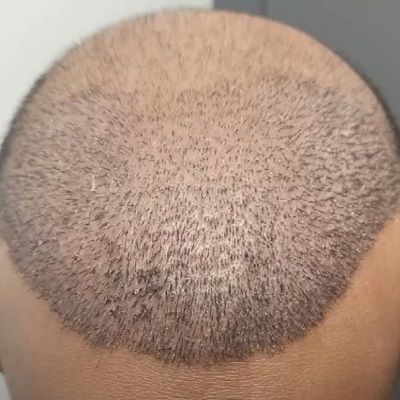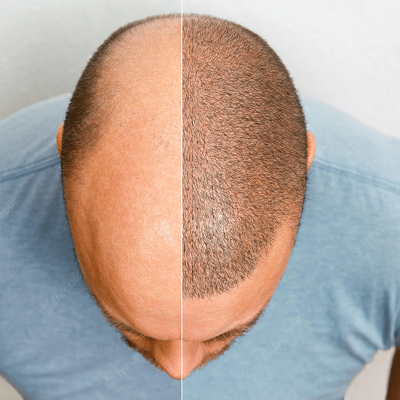Introduction
Hair loss is a common concern that affects millions of people globally, leading many to seek solutions such as hair transplants. However, the field of hair restoration is rife with myths and misconceptions that can cloud judgment and deter individuals from exploring effective treatments. This article aims to debunk some of the most prevalent myths about Hair Transplant in Muscat, providing clarity and helping individuals make informed decisions about their hair restoration options.

Myth 1: Hair Transplants Are Only for Men
One of the most widespread myths about hair transplants is that they are exclusively for men. While it's true that hair loss is more common in men, women can also benefit significantly from hair transplants. Female-pattern hair loss is a real and challenging issue, and advancements in hair restoration techniques have made it possible for women to achieve natural-looking results. Women considering hair transplants should consult with a specialist who can tailor the treatment to their specific needs.
Myth 2: Hair Transplants Look Unnatural
Another common misconception is that hair transplants yield unnatural-looking results. This myth stems from outdated techniques and poor execution in the past. Modern hair transplant methods, such as Follicular Unit Extraction (FUE) and Follicular Unit Transplantation (FUT), have evolved significantly. Skilled surgeons use advanced techniques to ensure that transplanted hair blends seamlessly with existing hair, providing natural-looking outcomes.
Myth 3: Hair Transplants Are Extremely Painful
Many people shy away from hair transplants due to concerns about pain. However, with advancements in medical technology and anesthesia, the procedure is generally well-tolerated by patients. Most hair transplant techniques are minimally invasive, and patients can expect only minor discomfort during the procedure. Post-operative pain is usually manageable with over-the-counter pain relievers and does not last long.
Myth 4: Hair Transplants Are a One-Time Solution
Some believe that hair transplants are a one-time fix and that once the procedure is done, hair loss problems are permanently solved. While hair transplants can be highly effective, it is essential to understand that they do not stop the natural progression of hair loss. Depending on the individual’s condition and the underlying cause of their hair loss, additional treatments or follow-up procedures may be necessary to maintain optimal results.
Myth 5: Anyone is a Good Candidate for a Hair Transplant
Not everyone is an ideal candidate for a hair transplant. Factors such as the cause of hair loss, the extent of hair loss, and the quality of existing hair play crucial roles in determining candidacy. Conditions like diffuse hair loss or advanced baldness may limit the effectiveness of a hair transplant. Consulting with a qualified hair restoration specialist can help assess individual suitability and provide guidance on alternative treatments if necessary.
Myth 6: Hair Transplants Are Too Expensive
Cost is a significant factor for many considering hair transplants. While it is true that hair transplants can be a substantial investment, the long-term benefits often outweigh the initial expense. Additionally, the cost varies depending on the clinic, the technique used, and the extent of the procedure. Many clinics offer financing options and payment plans, making hair transplants more accessible to a broader range of individuals.
Myth 7: Results Are Immediate
Some people expect immediate results from a hair transplant, but this is a misconception. Hair growth following a transplant typically takes several months to become noticeable. Initially, transplanted hairs may shed, which is a normal part of the process. Full results can take up to a year or more to manifest. Patience and adherence to post-operative care instructions are crucial for achieving the best possible outcome.
Myth 8: Hair Transplants Don’t Require Maintenance
Aftercare is an essential component of the hair transplant process. Some may believe that no maintenance is needed after the procedure, but this is not true. Following the post-operative care guidelines provided by the surgeon, including proper scalp care and avoiding certain activities, is vital for the success of the transplant and the health of the newly transplanted hair.
Conclusion
Hair transplants have evolved significantly over the years, and many of the myths surrounding them are rooted in outdated practices or misunderstandings. By debunking these myths, individuals can make more informed decisions about their hair restoration options and set realistic expectations for their journey. Consulting with a qualified hair restoration specialist is the best way to gain accurate information and receive personalized advice tailored to individual needs. With the right approach, a hair transplant can be a highly effective solution for those seeking to address hair loss and achieve a fuller, natural-looking head of hair.
